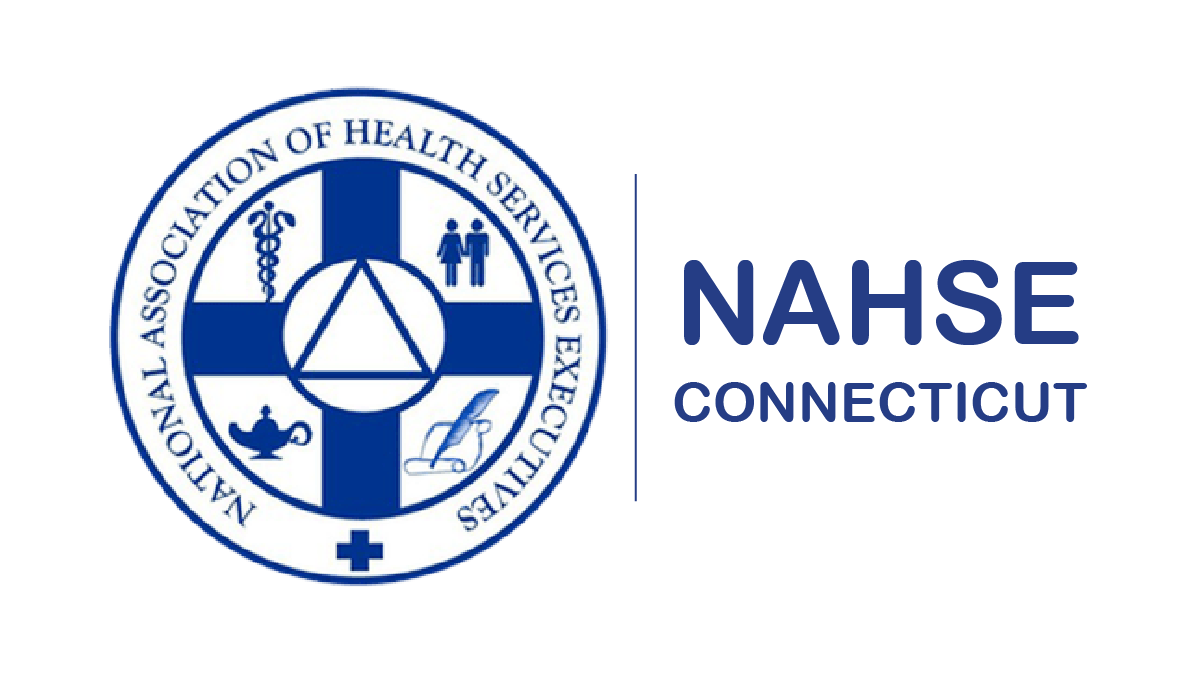August 2022: Student Perspectives
Jade Kissi
MPH Candidate, Healthcare Management Boston University
Two Years into a Global Pandemic, Here are 3 Things You Now Need to Know about Health Inequities
When I wrote this article, the world was still grappling with understanding what a pandemic was and how it was going to affect the world. COVID-19 infection rates back then were drastically increasing, each day breaking the record of the day previous. At the same time, the nation was experiencing levels of civil unrest and racial tension comparable to the pre civil rights era. Many things have changed since I first wrote that article, and in many ways, nothing has changed at all. We are still in a pandemic, although our society has adopted new social norms, acknowledging that a “Post-Covid” world may never truly exist. In the two years since, we have elected a new president with a new political party and generally American society has a newfound appreciation for social and racial inequity.
While the widespread media attention on inequity is great, the complex issue that is racism will not be solved alone from Black Lives Matter (BLM) bumper stickers. Here are the three things I find to be most pertinent as we move towards an equitable future, specifically within the context of health equity in the United States and beyond.
1. Social inequalities can and will manifest into health disparities; how can we prevent this?
As I alluded to in my first article, our health is impacted by every social institution in this country, meaning it is unfortunately shaped by social, economic and racial inequalities. In the two years since the pandemic hit, what does the data tell us? Of course there are many ways to measure this but researchers have since found that the economic inequality between racial groups after COVID-19 is significant. African Americans experienced consistently higher unemployment rates than Caucasian Americans over the last two years. The gap has increased from the start of 2020 until November 2021. The unemployment rate for Caucasian Americans and African Americans are 3.7% and 6.7%, respectively.
2. Globally; health inequities are more complicated to understand.
The creation and dissemination of the COVID-19 vaccine was one of the larger accomplishments made by the global science community in the twentieth century. Despite this victory for mankind, the way in which the vaccines were distributed reflected the larger issue of global inequality. When comparing low-income and high-income countries, there is a large disparity in the share of people vaccinated against COVID-19. As of early 2022, more than 80 percent of the population in high-income nations are vaccinated compared with fewer than 10 percent of the population in low-income countries. When the vaccine was first rolled out, the US received criticism for the hoarding of excess vaccines while other developing countries struggled to gain access. Despite the excess of vaccines, the US is still experiencing racial disparities among those who have received the vaccine. Between late April 2021, when most adults became eligible for vaccines across states, and July 11, 2022, the gap in vaccination rates between White and Black people fell from 14 percentage points (38% vs. 24%) to 5 percentage points (64% vs. 59%) while the 13% percentage point difference (38% vs. 25%) between White and Hispanic vaccination rates was eliminated, with Hispanic people having a slightly higher rate than White people since early 2022.
3. MonkeyPox: Will we see similar trends?
Public health officials are now dealing with the latest emergent public health crisis; monkeypox. While this disease is new to many in the developed world, it has actually existed for over 70 years. Monkeypox, like many other infectious diseases, has historically plagued people living in the developing world; specifically central and western Africa. With rising case rates in the US and UK, it is important that policymakers and public health officials apply a sociological lens to build preventative measures that protect those who are most vulnerable. Unlike COVID-19, monkeypox is far less infectious and fatal, meaning there will likely be less media attention and financial investment into combating the disease. With the knowledge from COVID-19, I am optimistic that our leaders will better integrate the social determinants of health to preventive strategies. The CDC has already identified members of LGBTQ+ community at higher risk for contracting monkeypox and social media campaigns to reduce stigma and misinformation on the disease have been widespread.
In conclusion:
We have made many great strides, particularly in just raising awareness about the social determinants of health, inequity, intersectionality and privilege.
Social media has been a very useful tool to accomplish this, but this has mainly been on and within social groups. In order to achieve upstream change and truly combat structural racism and inequities these conversations and beliefs need to be amplified on the political level.
You can read my original article published in the Michigan Daily, here: It Took a Pandemic for Minorities to Finally Get Some Representation and its Killing Us.

